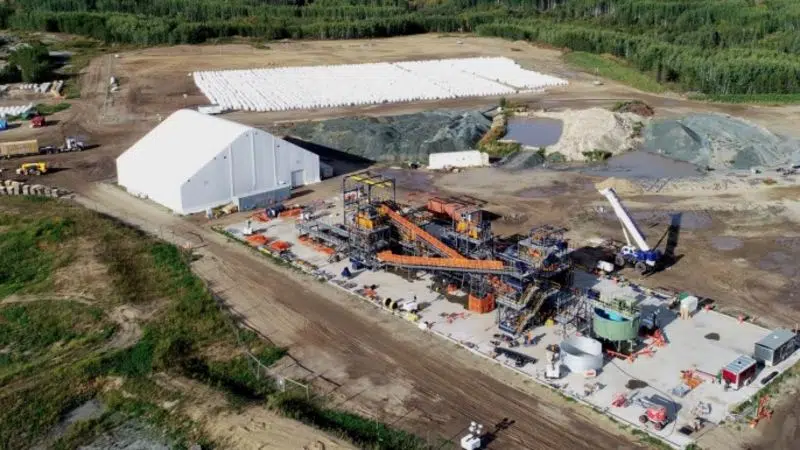
Year in Review: Diamond exploration progresses east of P.A.
A project that has been decades in the making and which has the potential to create many hundreds of jobs, saw some significant movement in 2019. However, the parties behind the Fort à la Corne diamond project east of Prince Albert – Rio Tinto Exploration and Star Diamond Corp – remained careful to keep expectations in check and no decision has yet been taken to proceed.
Public information
In February, a conference room in P.A. was packed with interested members of the business community, job seekers and the public for one in a series of open house info sessions, to explain the plans going forward.
It was a chance for Rio Tinto’s project director Gary Hodgkinson to introduce himself and he was careful about making any assurances to the public.








